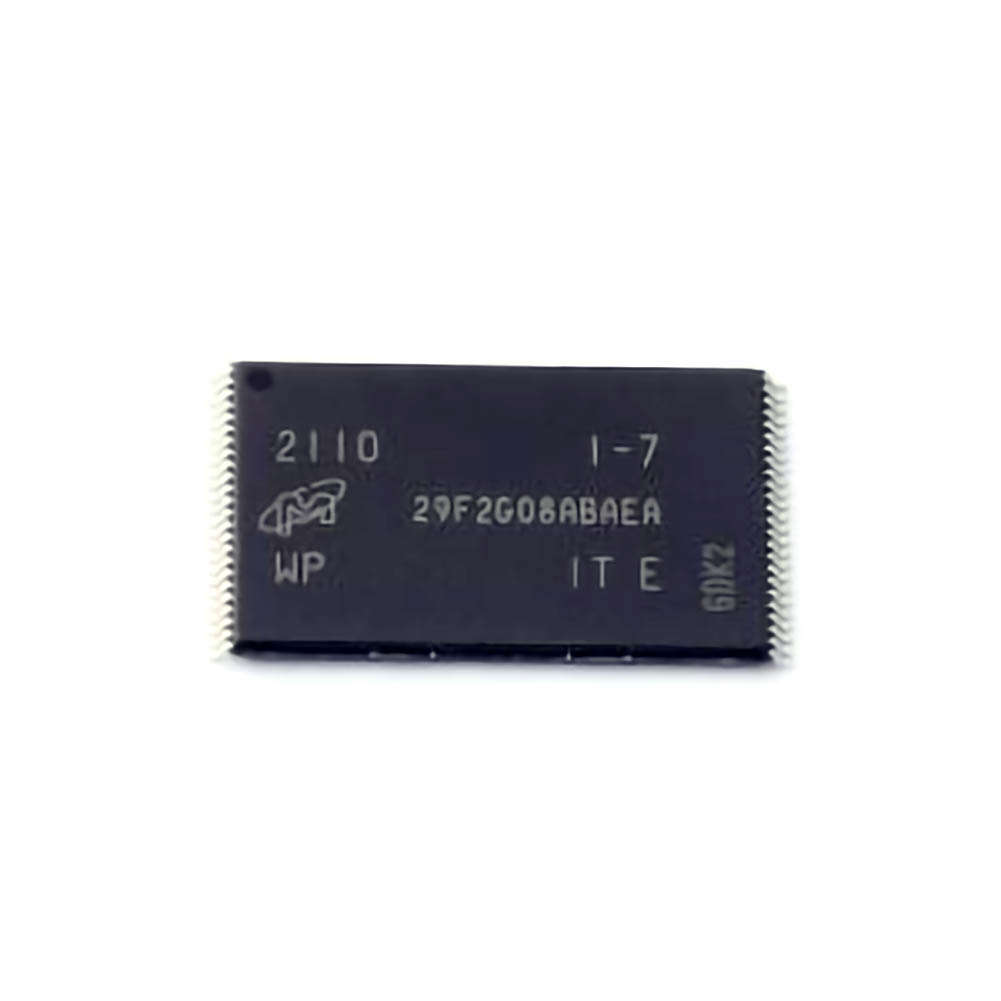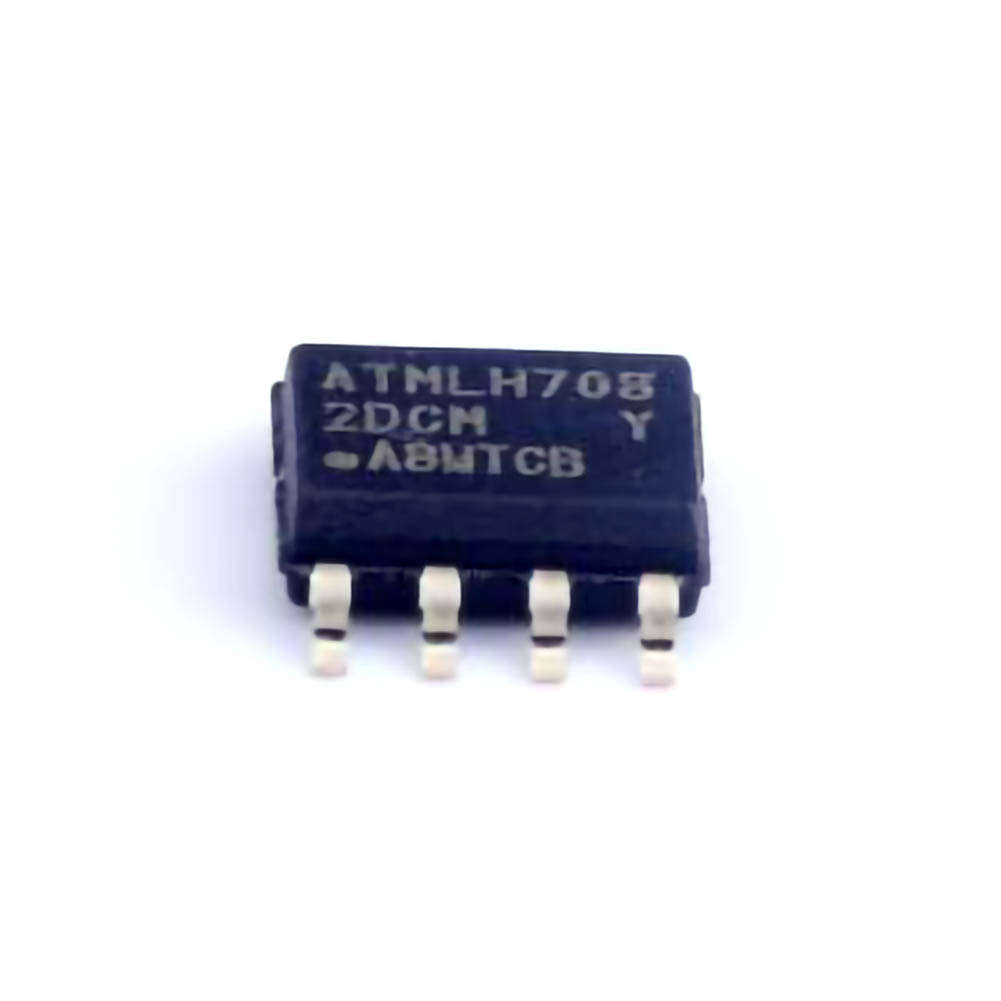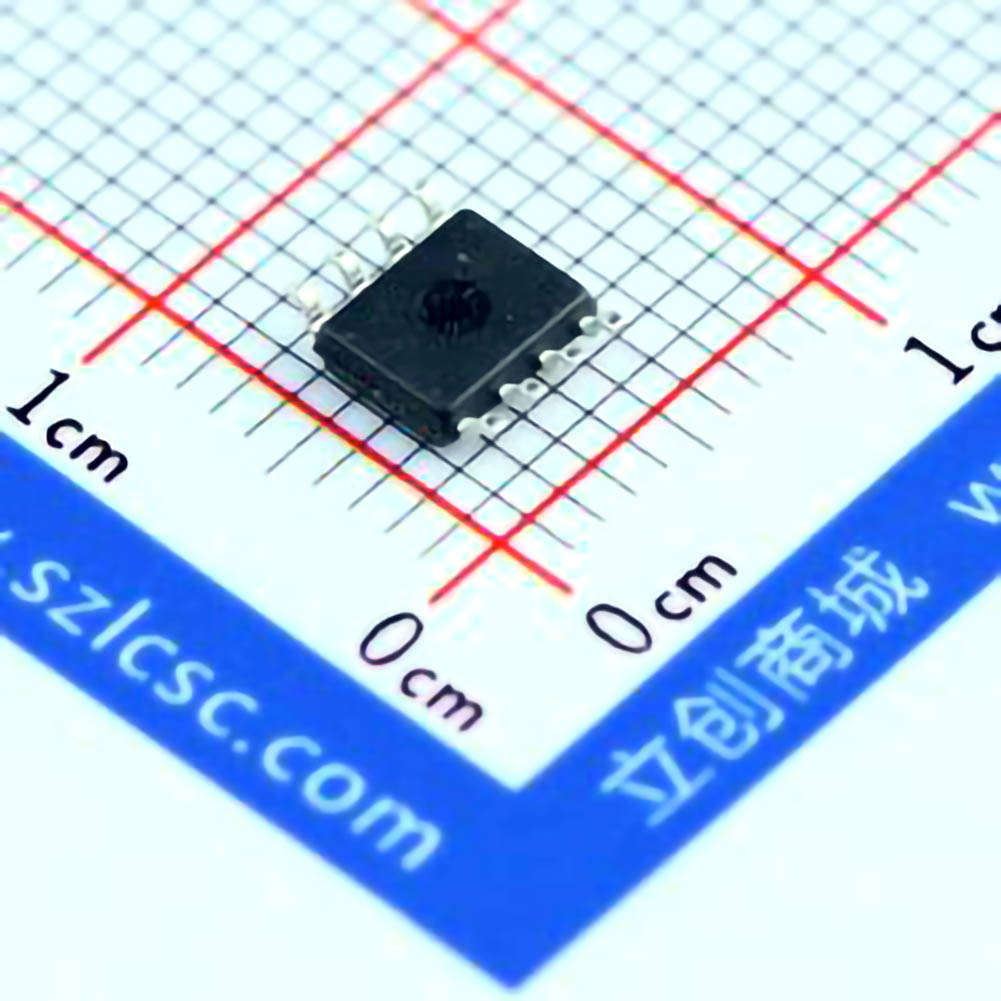Introduction to Micron MT25QL128ABA1EW9-0SIT Flash Memory and Boot-Up Failures
interface chip
IC's Troubleshooting & Solutions
How to Diagnose and Repair Boot-Up Failures in Micron MT25QL128ABA1EW9-0SIT Flash Memory2025-01-22 00:16:35
FM25V10-GTR FRAM_ Overcoming Temperature Instability Challenges in Industrial Applications2025-01-19 00:21:21
Temperature instability poses a significant challenge in various industrial applications, where data integrity and system performance are critical. The FM25V10-GTR FRAM offers an innovative solution to this problem, providing high-performance memory that is resilient to temperature fluctuations. This article explores how the FM25V10-GTR FRAM addresses temperature-related challenges, its advantages in industrial settings, and its impact on the future of industrial memory solutions.
Troubleshooting CY62167EV30LL-45ZXI SRAM Chip Failures_ Common Causes and Solutions2025-01-12 23:35:25
The CY62167EV30LL-45ZXI SRAM chip is widely recognized for its high-speed performance and reliability in embedded systems, telecommunications, and other memory-intensive applications. However, like any electronic component, it can experience failures under certain conditions. When this happens, troubleshooting the root causes is critical to ensuring your system operates at its full potential. In this first part of the article, we will examine the most common causes of SRAM chip failures and provide insights into how to address them.
MT25QL256ABA8ESF-0SIT Write Failures: Key Causes and Fixes2025-01-08 14:14:30
In the world of flash memory storage, the MT25QL256ABA8ESF-0SIT is a widely recognized NAND flash memory device that powers various applications, from embedded systems to industrial electronics. However, users may face write failures when interacting with this device. Understanding the root causes behind these failures and knowing how to address them is crucial to maintain reliable performance and data integrity. In this article, we’ll explore the most common causes of write failures in the MT25QL256ABA8ESF-0SIT and provide practical solutions to prevent them.
W25Q256FVEIG Flash Memory Write Failure: Common Issues and Fixes2025-01-06 00:39:02
Flash memory devices, such as the W25Q256FVEIG, have become essential components in many modern electronics. However, write failures can sometimes occur, causing issues in data storage and processing. This article explores common causes for W25Q256FVEIG flash memory write failures, alongside practical fixes and troubleshooting strategies to ensure optimal device performance.
MT41K512M16HA-125:A High-Performance DDR3 Memory for Embedded Systems2024-12-27 21:55:15
The Future of Embedded Systems with MT41K512M16HA-125:A DDR3 Memory
Embedded systems have rapidly evolved over the past decade, driven by the increasing demand for higher performance, smaller footprints, and greater energy efficiency. At the core of this transformation is the vital role played by memory modules. When it comes to embedded applications, whether industrial automation, automotive systems, or IoT devices, the MT41K512M16HA-125:A DDR3 memory by Micron stands out as a key enabler of high-performance, reliability, and efficiency.
Application and Optimization Design of MT29F2G08ABAEAWP-IT:E in Embedded Storage Systems2024-12-22 23:50:16

In today's fast-paced digital landscape, embedded storage systems are integral to the success of a wide range of applications. One key component that has gained significant attention for its performance and reliability is the MT29F2G08ABAEAWP-IT:E memory chip. This article explores the application and optimization design of this advanced NAND Flash memory module in embedded storage systems, discussing its technical features, benefits, and strategies for effective integration.
Application and case analysis of AT24C128C-SSHM-T in large-capacity EEPROM storage2024-12-21 01:29:00

In this article, we explore the application of the AT24C128C-SSHM-T EEPROM (Electrically Erasable Programmable Read-Only Memory) chip, focusing on its role in large-capacity storage solutions. We examine its advantages, technical features, and real-world case studies to demonstrate how it can enhance the performance and efficiency of modern electronic systems.
FM25V02A-GTR Common troubleshooting and solutions2024-12-20 01:44:25

Understanding the FM25V02A-GTR and Common Issues
AT24C64D-SSHM-T Common troubleshooting and solutions2024-12-16 20:47:02
Introduction to AT24C64D-SSHM-T and Common Troubleshooting Scenarios
The AT24C64D-SSHM-T is a 64-kilobit EEPROM (Electrically Erasable Programmable Read-Only Memory) that uses the I2C communication protocol to interface with microcontrollers and other devices. The chip is widely used in embedded systems, automotive applications, data logging, and more due to its compact size, reliability, and ease of integration.
-
« August , 2025 » Mon Tue Wed Thu Fri Sat Sun 1 2 3 4 5 6 7 8 9 10 11 12 13 14 15 16 17 18 19 20 21 22 23 24 25 26 27 28 29 30 31
- Search
- Recent Comments
-
- Recent Posts
-
- XTR115UA-2K5 Short Circuit_ How to Identify and Resolve It
- XCKU060-2FFVA1156I Failure_ Impact of Overvoltage on the Component
- XC7Z030-2FFG676I_ Solving Reset Circuit Issues
- XC7Z030-2FFG676I Not Booting_ Here’s What Could Be Wrong
- XC7VX690T-2FFG1761I Timing Problems_ Causes and Fixes
- XC7K160T-2FFG676C Power Consumption Issues_ Identifying the Cause
- XC6SLX25-3FTG256I Debugging_ Handling Unresponsive Modules
- Why Your XC7A35T-1CSG324I FPGA Might Be Overheating and How to Prevent It
- Why Your W9751G6KB-25 Might Have Electrical Leakage and How to Fix It
- Why Your TCA9548APWR Is Not Detecting Devices and How to Solve It
- Archives
- Tags
-
- Categories (217)
- Integrated Circuits (ICs) (135)
- Memory (10)
- Texas Instruments (53)
- Linear - Amplifiers - Instrumentation (13)
- OP Amps (13)
- Buffer Amps (13)
- PMIC - Voltage Regulators - DC DC Switching Regulators (10)
- PMIC - Voltage Regulators - Linear (7)
- STMicroelectronics (26)
- Discrete Semiconductor Products (24)
- Diodes - Rectifiers - Single (8)
- QD (17)
- Embedded - Microcontrollers (31)
- ON Semiconductor (13)
- Receivers (6)
- Transceivers (6)
- Infineon Technologies (8)
- Single chip microcontroller (7)
- Power chip (8)
- Communication interface chip UART485/232 (9)
- Microchip Technology (7)
- Transistors - FETs (12)
- MOSFETs - Single (11)
- Toshiba Semiconductor and Storage (6)
Copyright Interfacechip.com Rights Reserved.